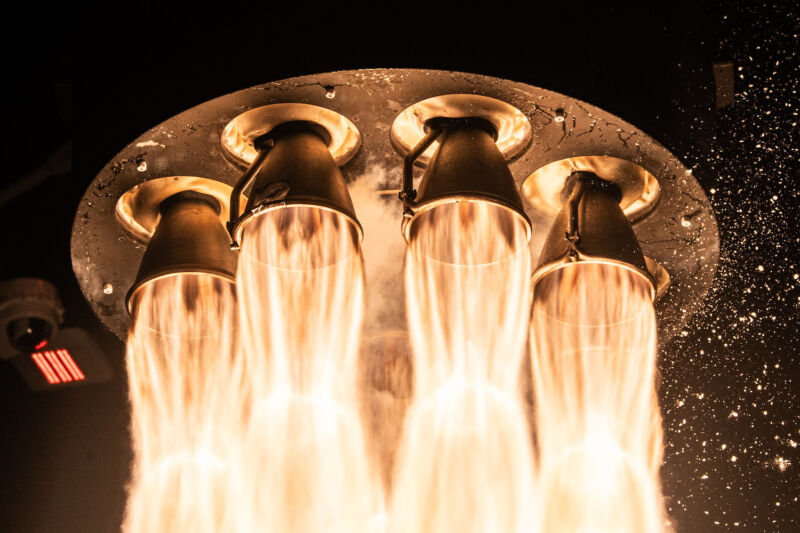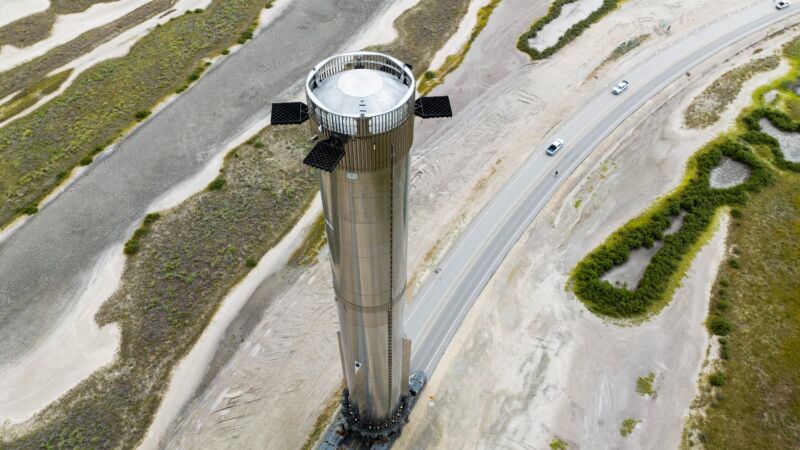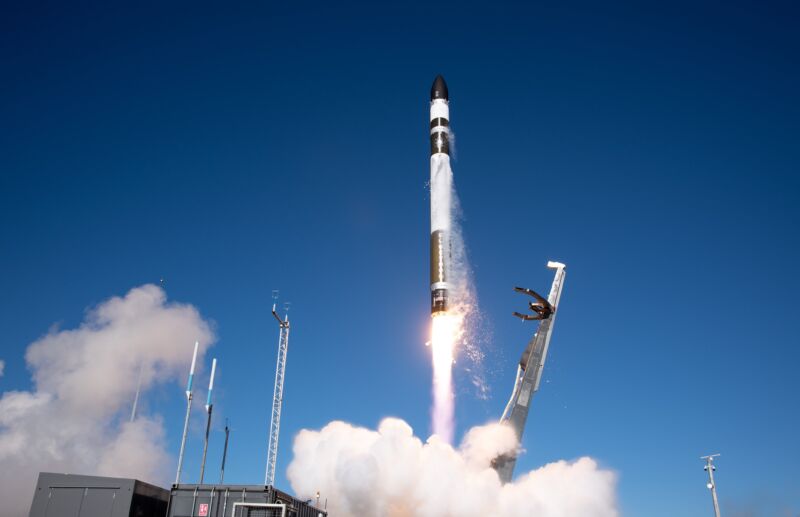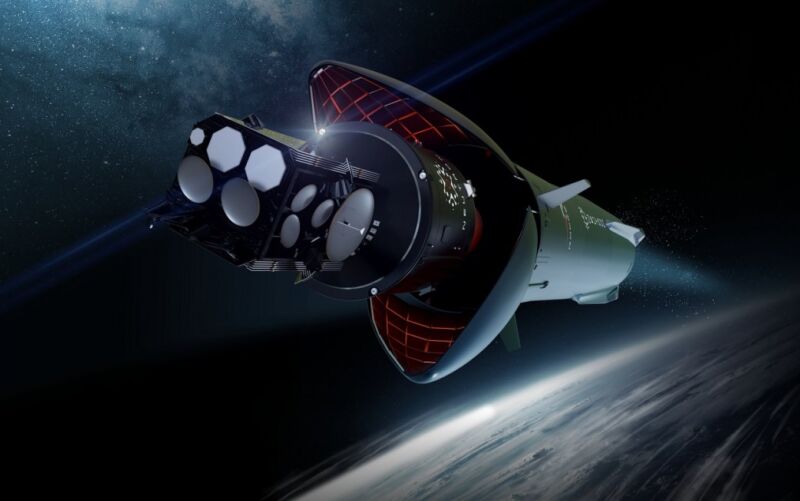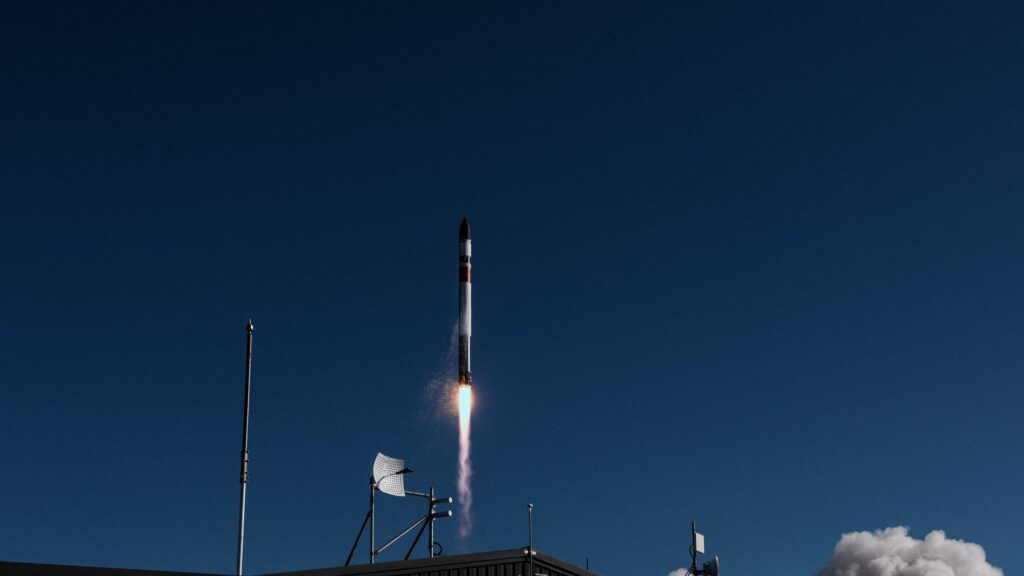-
 chevron_right
chevron_right
The Space Force is planning what could be the first military exercise in orbit
news.movim.eu / ArsTechnica · 4 days ago - 00:05
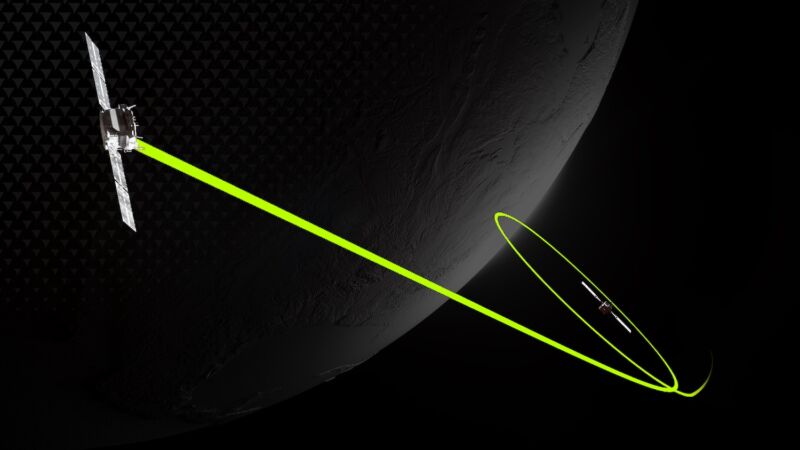
Enlarge / Artist's illustration of two satellites performing rendezvous and proximity operations in low-Earth orbit. (credit: True Anomaly )
The US Space Force announced Thursday it is partnering with two companies, Rocket Lab and True Anomaly, for a first-of-its-kind mission to demonstrate how the military might counter "on-orbit aggression."
On this mission, a spacecraft built and launched by Rocket Lab will chase down another satellite made by True Anomaly, a Colorado-based startup. "The vendors will exercise a realistic threat response scenario in an on-orbit space domain awareness demonstration called Victus Haze," the Space Force's Space Systems Command said in a statement.
This threat scenario could involve a satellite performing maneuvers that approach a US spacecraft or a satellite doing something else unusual or unexpected. In such a scenario, the Space Force wants to have the capability to respond, either to deter an adversary from taking action or to defend a US satellite from an attack.

